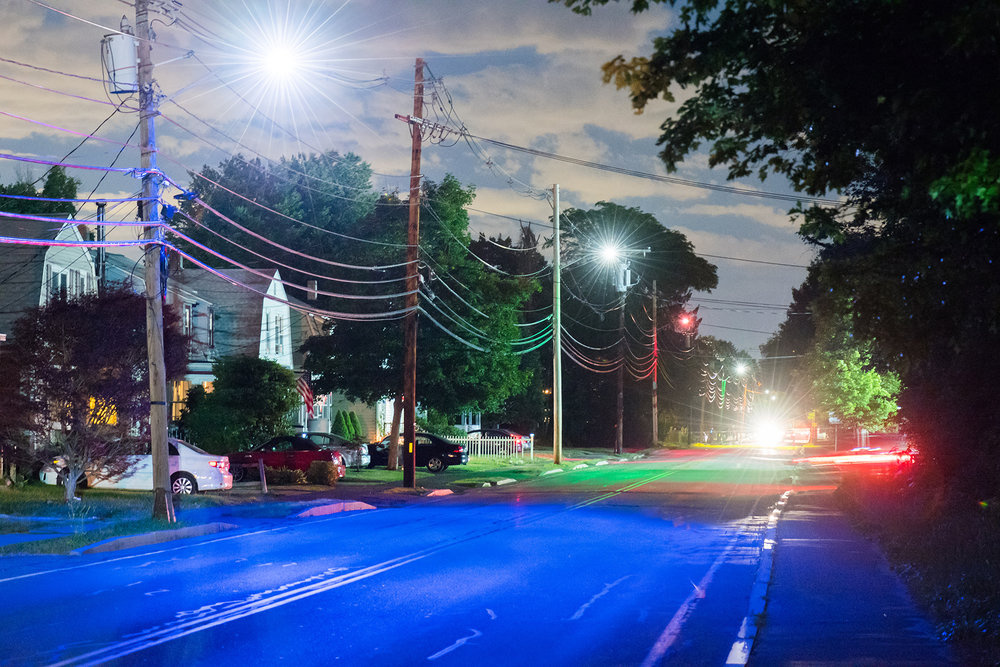A young man comes home to find it destroyed, his caregivers dead. All that’s left is a partially broken robot and its miniature counterpart. We all remember this scene from Star Wars when we first encounter our protagonist Luke Skywalker and follow this young man as he searches the universe to find those accountable, joins a community of fellow rebels, and discovers that his greatest source of strength lies within himself.
In the process, Star Wars unwittingly establishes an important dynamic in our relationship to artificial intelligence: robots won’t save us. (Especially not C3PO, as he performs horribly under duress and succumbs to concern, anxiety, and emotion…how human!)
As I traverse the landscape of contemporary cultural production through conferences and art fairs, there’s the inevitable display of new tools, techniques, and flashing LEDs. Once the retinal burn has evaporated, I ask myself: What’s going to save humanity? My position is not a reductive luddite view, but is similar to the dynamic between Luke and C3PO: an affirmation that the discovering of our ‘life force,’ combined with our capacity to collaborate in the face of an oppressive hegemony, will save the day.
To highlight how this can unfold I’ll share two of my ongoing art projects that address this fuzzy twofold dimension of human subjectivity and our increasing dependence upon technologically-mediated environments. I’ll start in Ashland, Massachusetts, where I’ve been working on a long-range art project about our Superfund Site, the Nyanza Colorant Plant, one of the first industrial sites in the U.S. to chemically produce color in the form of dyes for textiles.
I can say “our” site, as I’m from Ashland and have lived through the cancer clusters and resulting culture of loss. As an artist, confronting Nyanza as a subject meant that color became a carcinogen. In Ashland, we continue to speak of Nyanza in present tense because the contamination is still in the ground, leading an EPA site manager in 2009 to say that they will monitor Ashland “essentially forever.”
That’s a mighty long time. As we continue to live atop this toxic patrimony, I transposed the EPA’s color-coded data to the nearest streetlight and lit up the town, making color directly communicate the most important information we needed to know — where the contamination is today. The EPA generated data with devices processed by algorithms into numerical thresholds — where it sat on the their website for decades. Alone, without being experienced, the data did not help us heal. However, this art project in Ashland created an experience using aesthetics to explore ethics at a time when audiences and communities are seeking truth and trying to locate trusted messengers. Lastly, together with the New England Laborer’s Training Academy, we made a public space that marks this narrative, “The Ashland Memorial Healing Garden.”
The second project is a collaboration with Emmanuel Pratt and Jia Lok Pratt, the leadership team of the Sweet Water Foundation Chicago. Emmanuel is an architect, community organizer, urban farmer and mentor to his community in South Side of Chicago. We co-authored a participatory project “We The Publics — A Manifesto To Restore Democracy and Truth in the Republic.” The intent is to reestablish a shared responsibility to each other in the form of common services such as public water, public media, and public land to name but a few. We also co-authored a proposal for a 28th Amendment that allows us, the public, to reclaim resources that are being misused.
We The Publics asks you to claim your public that you care deeply about. We’re asking aloud what would new systems for us to inhabit this earth look like tomorrow, if we weren’t stuck today with the fossilized legacies of yesterday, like Nyanza in Ashland. As we attend gatherings to revel in the advancement of new tools — and their distributed relational networks — let us also continue to question the ethical implications of how these technologies will be deployed, who is responsible when the tools fail, and how these technologies are impacting people and the planet we all share.
Otherwise, Emmanuel, Jia, and I will use our 28th Amendment to claim your tools for our Rebel Forces to benefit humanity.
---
Dan Borelli is a Boston-area artist and Director of Exhibitions at the Harvard University Graduate School of Design. His work explores identity, ecology, and publics, and he is interested in how art can be used to disrupt traditional power structures. His project We the Publics was on display during HUBweek as part of the We the Future Public Art Exhibition. Learn more about his work here.
